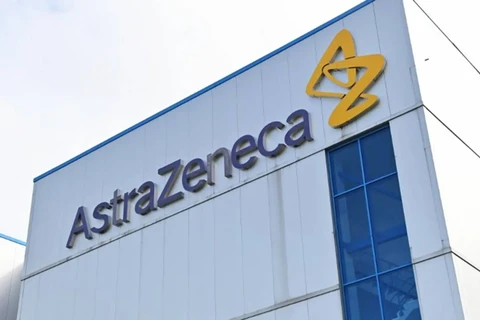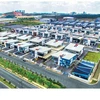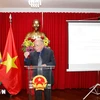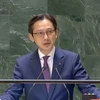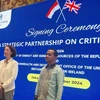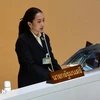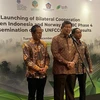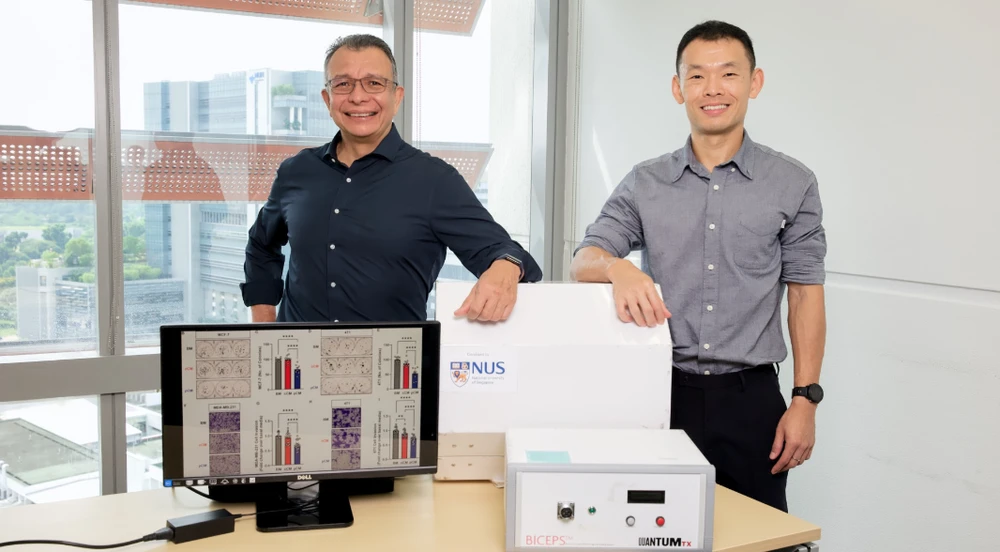
Singapore (VNA) – A team of scientists from the National University of Singapore (NUS)’s Institute for Health Innovation and Technology has unveiled a novel approach to stimulate muscle cells’ natural defence against cancer using magnetic pulses.
The team, led by Associate Professor Alfredo Franco-Obregón, said brief and mild pulsed eletromomagnetic field exposure is used to produce and release proteins processing anticancer properties. These soluble chemical molecules can then be carried in the blood stream to all regions of the body for system-wide protection against cancer.
According to Obregón, the BICEPS lab’s method of stimulating muscle cells uses a form of magnetic therapy that exhibits key commonalities with exercise.
In a previous study, Obregón and his team demonstrated that 10-minute exposure to magnetic therapy once a week for eight weeks was sufficient to evoke similar anticancer properties – such as preventing the growth, invasion and migration of breast cancer cells – as that produced by exercising twice a week for 20 minutes per session for eight weeks.
The researchers further demonstrated that a previously suspected tumour suppressor, HTRA1, was secreted from muscle cells exposed to 10 minutes of magnetic fields per week, similarly as exercising for 20 minutes twice a week. Importantly, selectively removing HTRA1 secreted by the muscle cells eliminated its anticancer potency, whereas directly applying synthetic HTRA1 to cancer cells recreated the anticancer effect of magnetic field exposure and exercise. These results demonstrate that HTRA1 is necessary and sufficient to explain the anticancer effect of muscle.
The NUS team is initiating clinical trials to assess the anticancer potential of muscle-targeted magnetic therapy in humans and to corroborate the anticancer effects of HTRA1 in humans with breast and other cancers./.


